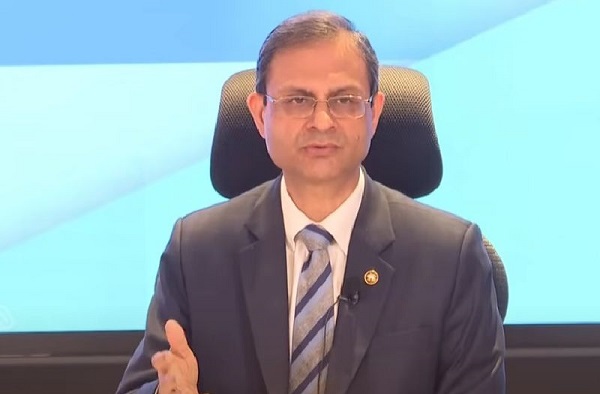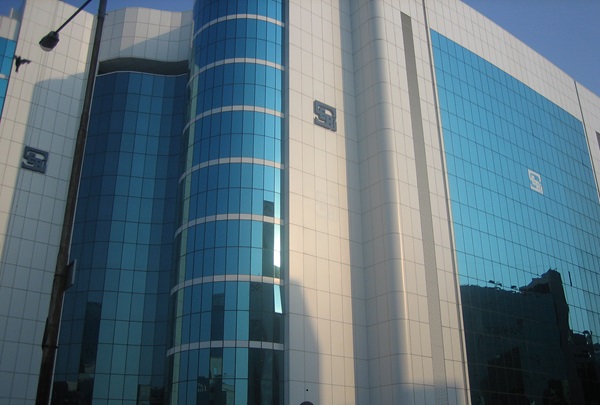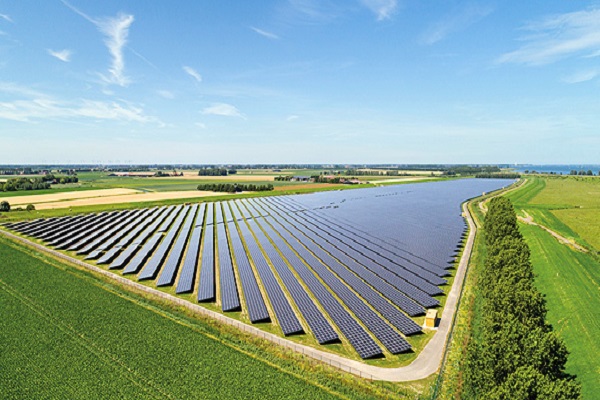.png)

Barendra Kumar Bhoi is currently the Chief Economic Adviser, AU Small Finance Bank. He was formerly the head of the Monetary Policy Department at the RBI.
October 24, 2025 at 8:43 AM IST
The minutes of the latest Monetary Policy Committee meeting are now available in the public domain. Notwithstanding the availability of policy space for a rate cut, MPC members unanimously decided to maintain the repo rate at 5.5%. Moreover, a dovish hold on the repo rate was also accompanied by a status quo on neutral policy stance with a 4-2 majority. Although the exact time and magnitude of the policy action are the prerogative of MPC members, there is a need to understand India’s current inflation-growth dynamics.
Under the flexible inflation-targeting regime, inflation projection plays a critical role. India’s MPC is responsible for inflation and growth projections, which are revisited every two months and included in MPC resolutions. In many countries, MPC members come to meetings with their own inflation and growth projections. In India, MPC members heavily depend on the RBI’s internal projections. However, they have the right to ask for changes if they are not satisfied with the professional work done by in-house experts.
Inflation Outlook
During 2025-26 so far, the RBI has consistently overestimated retail inflation (see Table 1). The average CPI inflation for 2025-26, which was projected at 4.0% in April, was revised downward to 3.7%, 3.1% and 2.6% in the June, August and October policies, respectively. The quarterly projections were also revised in varying degrees, with significant changes for the immediate next quarter.
Actual inflation, now available for the first two quarters, was below all projections.
The inflation forecast for the January-March quarter, which was kept unchanged at 4.4% for the first three policy statements, was trimmed by 40 bps to 4.0% in the October policy. Except for a low base, there is no valid reason to believe that CPI inflation will be 4.0% in the March quarter.
At least three factors will keep retail inflation below the 4.0% level by the year-end:
a) The recent GST rationalisation is expected to reduce core inflation for at least a year.
b) Food inflation is likely to remain subdued due to a bumper harvest this year.
c) Global crude oil prices are expected to remain lower, around $65 per barrel, than the RBI’s baseline assumption of $70 per barrel.
The projected CPI inflation at 4.5% in the first quarter of 2026-27 may be on the higher side for the same reasons.
In 2024-25, the monthly average CPI inflation was 4.6%, while the average policy rate was 6.4% - a real policy rate of 1.8% (6.4-4.6). In 2025-26 so far, while average CPI inflation declined to 2.2% as against the average repo rate of 5.7%, the real policy rate almost doubled to 3.5%.
Actual inflation undershooting inflation projections results in a high real interest rate. Borrowing turns out to be costly for consumers, investors and the sovereign. As of now, credit growth is sluggish, private investment is hesitant, and government borrowing is costly due to high real interest rates. Banks are reluctant to cut lending rates, as their net interest margin has declined from 3.54% in June 2024 to 3.25% in June 2025. Many banks have raised their lending rates in certain segments to protect their profit margins. Big corporates prefer to mobilise resources from the capital market or resort to external commercial borrowings at competitive rates.
Many analysts believe that the RBI, by overestimating retail inflation, is holding the repo rate at an excessively high level. Delays in cutting the policy rate may harm growth, given the long and variable transmission lags of monetary policy.
Growth Dynamics
Real GDP growth projections for 2025-26 were relatively less noisy. They remained unchanged at 6.5% in the April, June, and August policy reviews (See Table 2). In the October policy, the projection was revised upward to 6.8%, following 7.8% growth in the April-June quarter, much above the expected 6.5%.
However, the nominal GDP growth was 8.8% in April-June, the lowest in three quarters. GDP growth sends mixed signals. High real GDP growth is amplified by an unusually low GDP deflator (0.9%) in April-June, while low nominal GDP growth indicates sluggish business sentiment at the ground level. As actual inflation remained subdued, the GDP deflator is expected to remain low in the second quarter of 2025-26. Hence, real GDP growth is expected to remain elevated at around 7% in the July-September quarter.
The RBI has reduced India’s growth projection for the second half of 2025-26 to 6.2-6.4%, from 6.3-6.6% earlier, owing to global headwinds arising from geopolitical and geoeconomic uncertainties. Growing above 6.0% in the second half of the year may be difficult unless tariff and H-1B visa fee issues with the US are resolved early. The International Monetary Fund, in its October World Economic Outlook, reduced its forecast for India’s GDP growth in 2026-27 by 20 basis points to 6.2%, while increasing the projection for 2025-26 by 20 basis points to 6.6%. India is currently growing below its potential growth of 7.0-7.5%.
Policy Imperatives
India’s credit growth continues to remain sluggish at 11.4% as of October 3, 2025, which is well below the requirement of about 15% commensurate with the 7%plus real GDP growth seen since December 2024. One major reason for subdued credit growth has been the high real interest rate. The RBI preferred to relax restrictions on capital market exposures and external commercial borrowings rather than reduce the policy rate. These initiatives remind us about the regime of directed credit and directed investment.
The primary objective of regulations is to ensure financial stability. India’s financial system is currently stable and resilient; hence, it is the best time to revisit regulatory restrictions. Nevertheless, relaxing risky exposures may lead to financial instability going forward unless banks and NBFCs tighten their risk-management frameworks. Regulatory policy is not a good substitute for monetary policy.
We must live with global uncertainties, which have increased in the 21st century. Despite rupee depreciation, India’s CPI inflation has remained under control. Like many other countries, the pass-through from exchange rate movements to prices is low in India.
The RBI must utilise the available policy space and ensure that opportunities for policy reversal remain adequate. If 5.5% is accepted as a neutral policy rate with inflation at the target and output at potential, then according to the Taylor rule, there is nearly 100 bps of policy space available to cut the repo rate for a combination of 2.5% inflation and 6.7% growth.
* Views are personal




